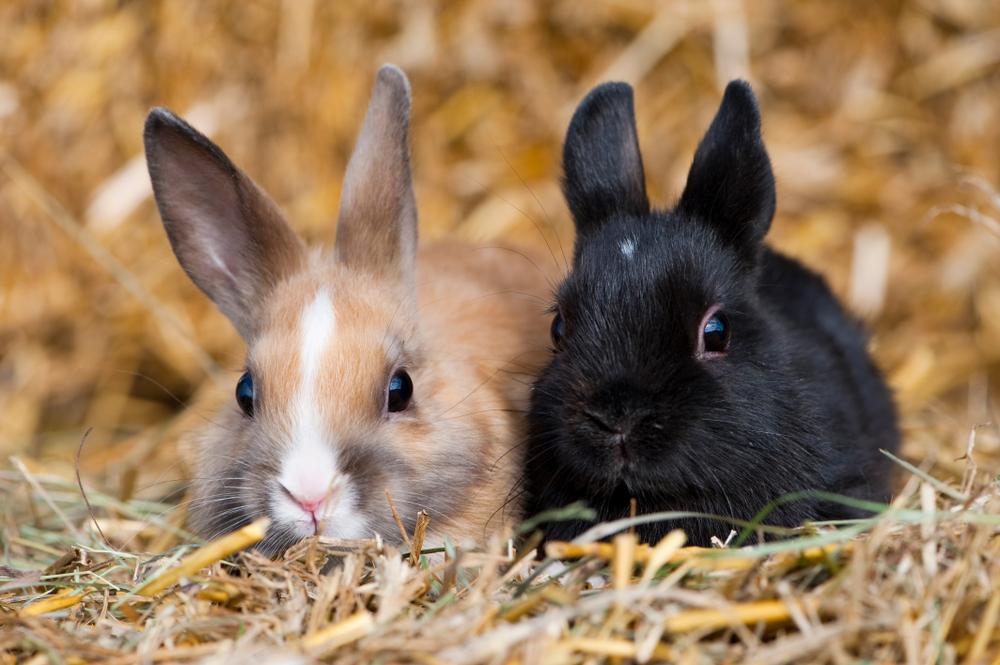Q: Our children were given two rabbits, and they'd like to know each bunny’s sex before they name them. We parents would like to know, too, so we don’t end up with a house full of rabbits.
How do we tell what sex each rabbit is? If one is female and the other male, can they be neutered to prevent a household population explosion, or should we just try to keep them apart?





